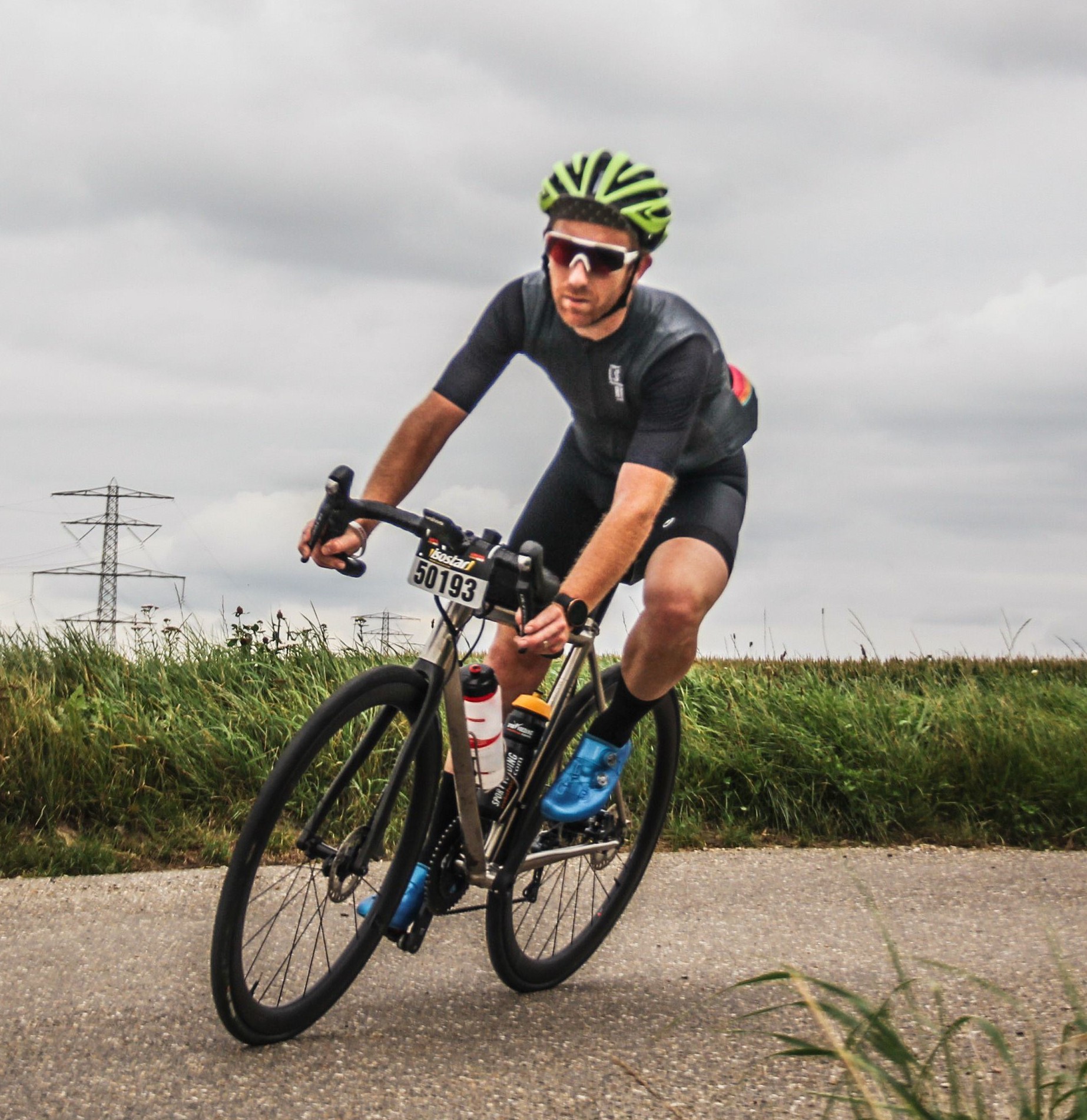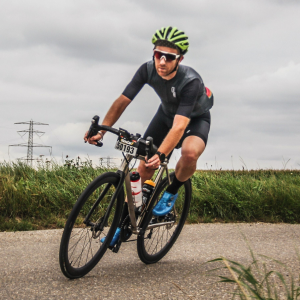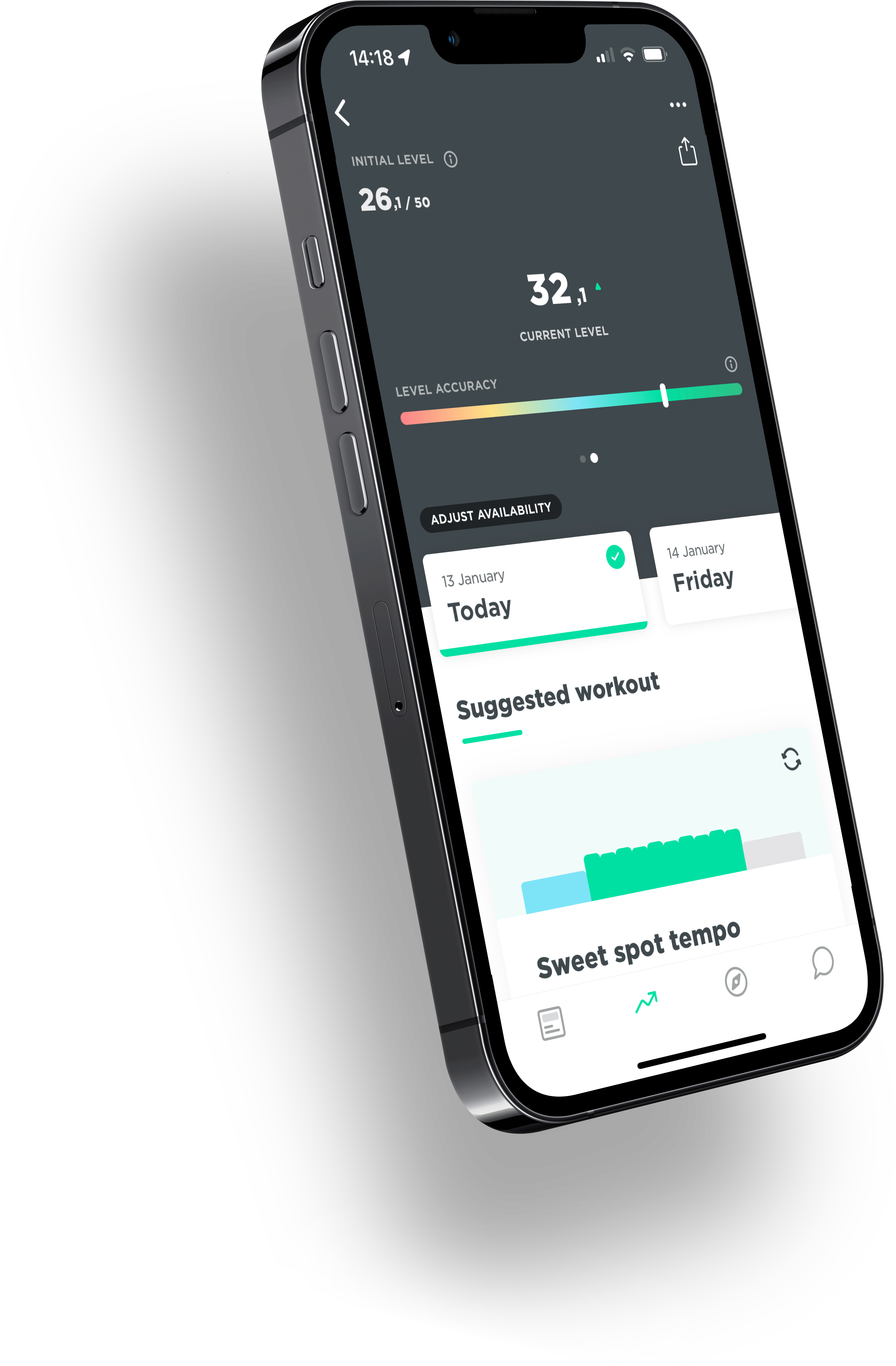We are all cycling enthusiasts, but only a few of us are professional cyclists. Especially when you have to travel for work, maintaining your cycling level is a challenge. You don’t want to watch your JOIN score drop rapidly and get the message in red that your fitness level is declining. Combining work with my passion for cycling (and a family with 3 young children) is also a challenge for me. Last year I was abroad for 7 weeks because I had to teach at INSEAD, a business school in Fontainebleau, 70 km south of Paris. I was in Fontainebleau from mid-March to the end of April. Indeed, this is exactly the period that can make the difference between an enjoyable summer on the bike or suffering during fast summer rides with friends. I knew that my work would not allow me to cycle more than 5 hours a week. What could I do to prevent a big drop in my JOIN score? I decided to focus on three rules. The rules are not scientifically proven, but work for me and I hope it can help others.

Written by: Bart Dierynck
Passionate cyclist and gravelist, former duathlete, JOIN cycling ambassador, business professor, dad, husband.
Always bring your bike when traveling for work
I know using the words “always” and “never” is tricky, and there are plenty of reasons not to bring your bike. But believe me, there are also plenty of reasons to do so. On weekends, I biked once or twice for 2-3 hours per ride. My rides were great! I discovered the area around Fontainebleau in ways that would never have been possible without the bike. At one point I had a (French) coffee in a small village and ate a croissant overlooking a medieval castle. It couldn’t have been better. Since I brought my gravel bike, I also discovered some of the forests and didn’t have to worry if I wanted to go off-road. I continued my JOIN training schedule and chose “maintain fitness. Since I didn’t have many training hours, most of the workouts prescribed by JOIN were pretty intense. Fortunately, the region where I lived for 7 weeks was quite hilly and building intensity in my rides was not a problem.
I did not transport my indoor trainer to Fontainebleau. Main reasons? I knew I wouldn’t have much time during weekdays and I wanted to encourage myself to get outside on weekends. I was somewhat lucky with the weather, but also with the fact that there were some cleaning facilities in the house I rented. Moreover, these days it is quite easy to clean your bike if you have good cleaning products. If you are staying in a hotel, a car wash may be an option. Some people claim that you can’t take your bike with you if you have to fly. Well, if you travel regularly, it pays to invest in a decent bike case. Also, you’ll be surprised how easy it is to rent a bike these days, either from a rental company or from people you know abroad. When I was in the U.S. a few years ago, I rented a bike from a friend of a friend. I visited this person and we had a pleasant evening when I picked up and returned the bike. These things require some preparation, but it’s worth it!
Embrace alternative training
Let’s face it, when you are abroad for work, it is very difficult to cycle more than what you do at home. I also decided to start running once a week. I am used to running and this was more of a continuation of what I was doing at home. I also walked regularly to my office at INSEAD. The walk was about 3 km which is a nice exercise in the morning and evening. In the first week I did this every day, but that turned out to be too much. I stored these walks on my Polar and recorded them in JOIN, mainly to see how this would affect my JOIN score. I could also have gone to the local gym, but I preferred my outdoor walks. Varying the intensity of such walks is pretty easy, too.
Maintain your core
“You can’t fire a cannon from a canoe.” This is a well-known phrase also used in the context of core stability. It essentially means that a strong core allows you to use your power on the bike more effectively. For those who speak Dutch, check out the “Getting Better” podcast #36 for Jim’s explanation. In that podcast episode, Jim also explains that doing 5 exercises for your core stability every day (or 5 minutes of core per day) can already make a big difference. I can only confirm this, and I think the “Getting Better” podcast #36 has probably had the biggest positive impact on my cycling performance over the past few years. I continued my habit of core stability while abroad. You don’t need a lot of space for this. You can even do it in a hotel room. When I returned home and did longer rides, I didn’t feel like my body was out of the habit. I attribute this to the fact that I maintained my core.
I hope these three rules can help others who travel regularly for work. Looking back, these three rules are in line with the “Frequency First” motto that JOIN has been promoting for the past few months. For data lovers, I started with a JOIN level of about 28 when I left home and came back after 7 weeks with a JOIN level of about 25. It’s a decline but within acceptable limits. I was also able to increase my level again on a continuous basis and rose to 35 over the summer. The rules may also be useful when you go on vacation, but I am not responsible for family conflicts because of rule number one.


